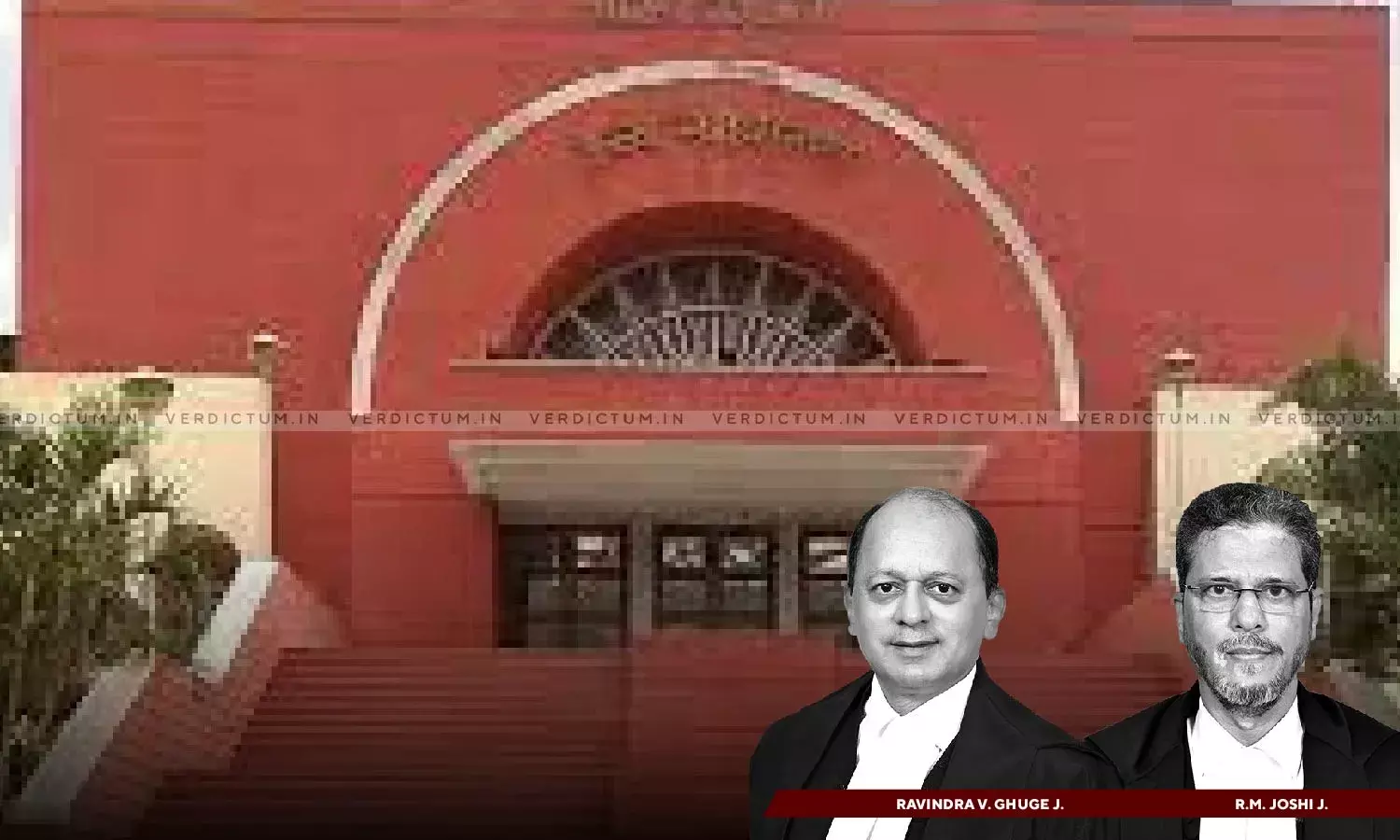ECI Has Already Come Out With Manual On SVEEP: Bombay HC Dismisses PIL Seeking Direction On Making Voters Aware Of NOTA

The Bombay High Court has dismissed the Public Interest Litigation (PIL) seeking direction to the Election Commission of India (ECI) for making the voters aware of the Electronic Voting Machine (EVM) and the use of ‘None Of The Above’ (NOTA).
A person named Suhas Manohar Wankhede had filed the PIL. The Aurangabad Bench of the Court said that the ECI has already come out with a manual on Systematic Voters Education and Electoral Participation (SVEEP).
A Division Bench of Justice Ravindra V. Ghuge and Justice R.M. Joshi observed, “We find that the Election Commission has already come out with a manual on Systematic Voters Education and Electoral Participation (SVEEP), which was published in July 2020. The SVEEP Strategy 2022-2025 (4) was also published. A provision for budget allocation was also made in SVEEP Strategy 2022-2025. … Having considered the above factors and the steps taken by the Election Commission of India and the State Election Commission, and the fact that this Petitioner had filed an identical Petition earlier, this PIL Petition is dismissed.”
The petitioner S.M. Wankhede appeared in-person while Standing Counsel Alok Sharma and Advocate A.B. Kadethankar appeared for the respondents.
In this case, the issue raised by the petitioner was regarding the endeavour to be made by the ECI for making the voters aware of the EVM and more specifically, the use of NOTA. Reliance was placed on the judgment of the Supreme Court in the case of People’s Union for Civil Liberties and another v. Union of India and another, (2013) 10 Supreme Court Cases.
The counsel for respondents submitted that since the petitioner had earlier filed an identical PIL, the court should not entertain the instant petition, which deserves to be dismissed with heavy costs since it was publicity oriented. The pleadings in the PIL Petition were practically identical to the earlier PIL filed by the petitioner. The petitioner’s grievance was that the Election Commission of India was violating the directions of the Supreme Court.
The High Court after hearing the arguments from both sides noted, “The PIL Petitioner prays that the Election Commission of India should appoint a brand ambassador. He further submits that the Election Commission of India should start a campaign for NOTA. We find that these issues have already been dealt with by the Hon’ble Supreme Court in People’s Union for Civil Liberties and another (supra). Infact, the Hon’ble Supreme Court declared that Rules 41(2) and (3) and 49-O, of the Conduct of Election Rules, 1961 were ultra vires to section 128 of the Representation of the People Act and Article 19(1)(a) of the Constitution of India, to the extent that they violate secrecy of voting. The Election Commission was directed to make a necessary provision in the ballot paper/EVMs and add another button called “NOTA” in the EVMs, so that the voters who come to the polling booth and decide not to vote for any candidate, are able to exercise their right to vote for NOTA, while maintaining their right of secrecy. The Election Commission was directed to undertake an awareness programme to educate the masses.”
The Court said that it could have imposed costs on the petitioner for filing a second petition in the same cause, however, since he was pursuing his Ph.D. research and submitted his Ph.D. Thesis, it will not impose the same.
The Court further directed the Registry that if the petitioner files any petition any time in future touching the issue of voting, voters awareness programme or NOTA, the said petition would be subjected to due scrutiny and will not be registered without the permission of the Registrar (Judicial).
Accordingly, the High Court dismissed the PIL.
Cause Title- Suhas Manohar Wankhede v. Election Commission of India & Others (Neutral Citation: 2024:BHC-AUG:6857-DB)


